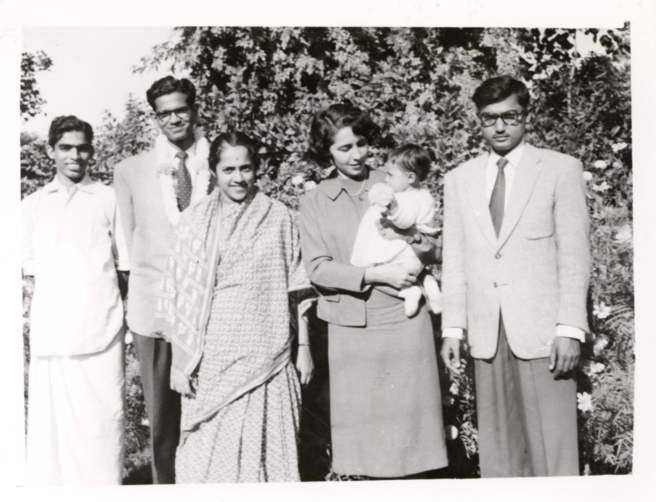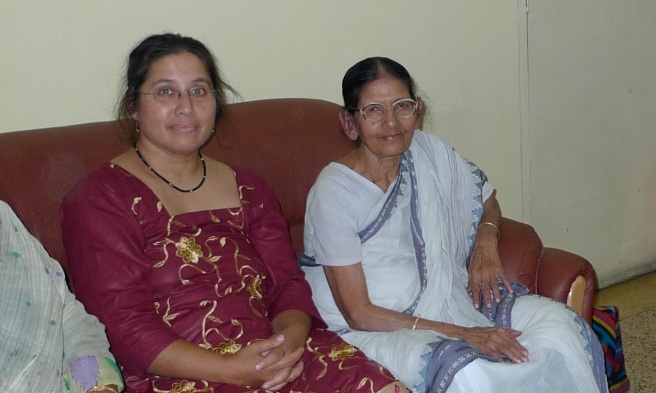
‘‘It is not my idiosyncrasy to be ironic or sarcastic but my diagnosis would be that politicians are rather cryptoplethorists. Although they emphatically stigmatize numismatic plethora, they energize it through their tactics and practices. Our policies have to be based more on economic and less on political criteria. Our gnomon has to be a metron between political, strategic and philanthropic scopes. Political magic has always been antieconomic (…). I apologize for having tyrannized you with my Hellenic phraseology. In my epilogue, I emphasize my eulogy to the philoxenous autochthons of this cosmopolitan metropolis and my encomium to you, Kyrie, and the stenographers.’’ (Zolotas, 1959).
When economist professor Xenophon Zolotas delivered his now famous speeches in English using solely Greek words (except for articles and prepositions) to address the International Bank for Reconstruction and Development, he met with immediate success. His inventive strategy proved ideal for communicating his positions on economics, while advocating the richness of the Greek language and demonstrating its influence on perhaps the most widely spoken language, English. Indeed, his stylistic choice could be seen by some as a so-called deviation of standard norms of English, although it is in fact both perfectly understandable and culturally relevant. And though in the context of an oral speech, employing this language was thought of as innovative and appropriate, it is hard to imagine such a unanimously welcoming reception for a paper written entirely in this style. This becomes all the more apparent when someone advocates for the use of Vernacular African American or a creole language, for instance, as being appropriate for all contexts, including writing in formal education.
Such attitudes are closely linked to people’s language ideologies, that is, their overt and covert beliefs about language. Irvine has defined language ideologies as ‘‘the cultural system of ideas about social and linguistic relationships, together with their loading of moral and political interests’’ (Irvine, 1989, p. 255). Indeed, when exploring language ideologies, there are social and cultural aspects to consider, but perhaps most importantly, there is also a political dimension that needs to be addressed (Holliday, 2008). Indeed, language ideologies are very powerful, in that they both reflect and yield power relations. They can be used (and often are used) to maintain and perpetuate social power and domination in the name of ‘‘common-sense notions about the nature of language in the world’’ (Rumsey, 1990, p.346). What becomes essential, therefore, is to critically reflect on the reasons behind people’s reluctance to accept so-called non-standard varieties as appropriate, even (or, perhaps, especially) in formal contexts.
From a sociolinguistic perspective, these varieties are seen as perfectly appropriate for all contexts, and it is (rightly) claimed that they should not be censored merely for not adhering to so-called standard norms. This de-centralizing view can help all of us reconsider our own ideologies and can potentially empower so-called non-standard language speakers. However, it also raises a whole new set of questions. How should texts written in such languages be assessed? Are such languages error-free? And even: Why not just stick with standard English?
These are the kinds of questions that do not have clear-cut answers, but are exactly the kinds of questions that we should be asking in today’s more and more globalized world. The movement of people inescapably leads to language contact and this, in turn, leads to the revelation of people’s ideologies and attitudes towards other ethnic, cultural and linguistic groups. No, non-standard varieties are not error-free, but assessing them needs to account for the realities of their speakers. Whether something is acceptable in a creole language or not, needs to be determined by the community that identifies with and uses this language, and not by outsiders who try to evaluate it based on their own experiences, criteria and (standardized) tests. Languages and cultures are inextricably tied with one another, and thus setting limits on the ways people can use to express themselves (both orally and in writing) means setting limits on their cultures. It also means supressing these cultures and languages, to ensure that the ones that are already dominating on all cultural, economic and political levels will continue to do so.
Yes, affirming alternative linguistic varieties requires new criteria for assessment, new tests, and more teacher training. No, this is not a simple task, but it is feasible. In a global community that is constantly changing and moving, we cannot afford to stay still. Educators need to recognize all students’ linguistic repertoires as resources for knowledge and must work to affirm their identities as learners and as citizens. Only then will they be truly empowered. So, what do you think? Is there such a thing as too much linguistic pluralism?
References
Holliday, A. (2008). Standards of English and Politics of Inclusion. Language Teaching, 41(1), pp. 119-130.
Irvine, J. (1989). When talk isn’t cheap: language and political economy. American Ethnologist, 16(2), pp. 248-267.
Rumsey, A. (1990). Wording, Meaning and Linguistic Ideology. American Anthropologist, 92(2), pp. 346-361.
Zolotas’ speeches – Retrieved from http://www.cs.toronto.edu/~themis/ewords/zolotas.html





